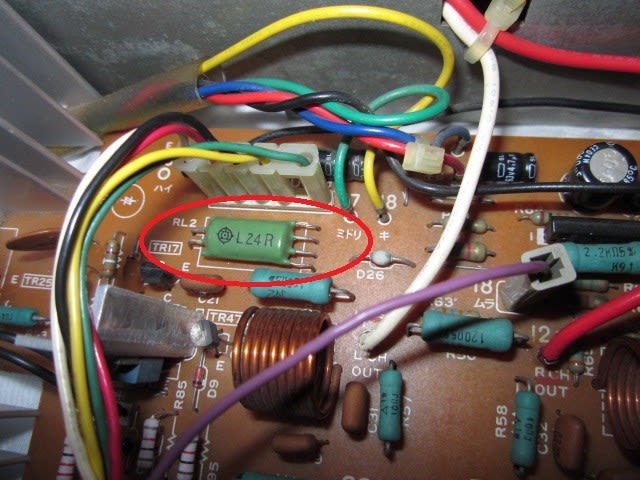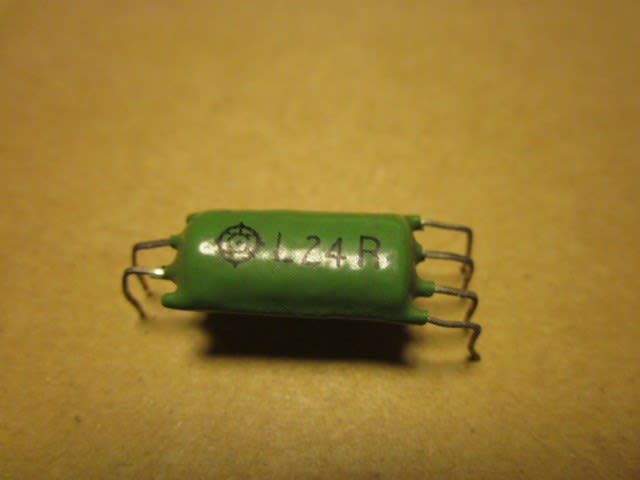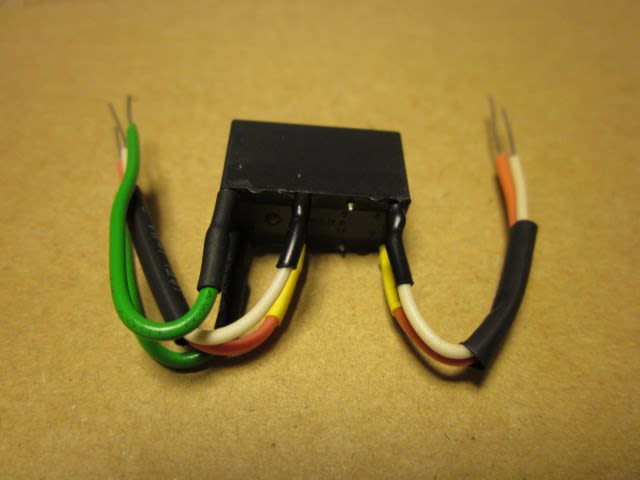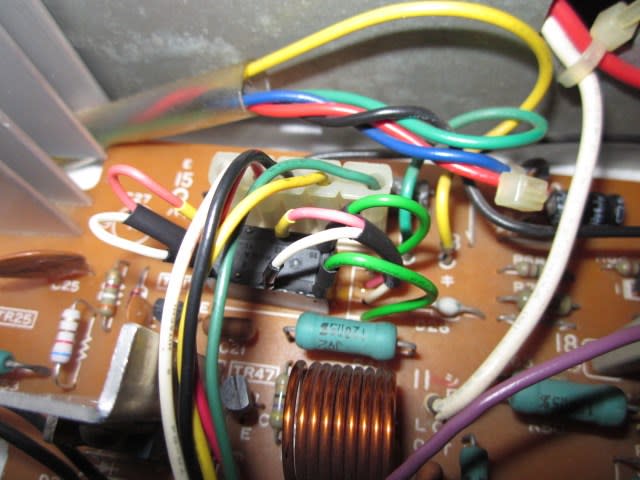Ronito6
Super Member
In the past here on AK I've asked about possible substitutions for this Hitachi 24V reed relay .

Although there were a couple of what I am sure were good suggestions, there was nothing easily get-able for me until I saw this today.
Well it seem some good chap here in Japan who goes by the name GG has decided to post his solution on his web page at
http://blog.goo.ne.jp/go-go-gonta555/c/bbfcb541a606aff1f3d1305e625de267
He uses the easy to find and cheap Omron G5V-2 24V as his substitute.
He illustrates the method of replacement extremely well.
So without further ado, here is his solution in pictures.




Pretty neat eh?
Those old Hitachi reed relays are impossible to find and no substitutes (UNTIL NOW) have been so easy to find or cheap to buy.
Actually, I had seen this substitution done once before to replace the reed relay of a Sansui AU-X11. But that poster showed zero details, so all I knew was that is was possible.
Now the mystery is solved. And in great detail to boot.
I hope this is helpful.
It is certainly one more solid addition to the Sansui (or other maker) restoration knowledge base.

Although there were a couple of what I am sure were good suggestions, there was nothing easily get-able for me until I saw this today.
Well it seem some good chap here in Japan who goes by the name GG has decided to post his solution on his web page at
http://blog.goo.ne.jp/go-go-gonta555/c/bbfcb541a606aff1f3d1305e625de267
He uses the easy to find and cheap Omron G5V-2 24V as his substitute.
He illustrates the method of replacement extremely well.
So without further ado, here is his solution in pictures.




Pretty neat eh?
Those old Hitachi reed relays are impossible to find and no substitutes (UNTIL NOW) have been so easy to find or cheap to buy.
Actually, I had seen this substitution done once before to replace the reed relay of a Sansui AU-X11. But that poster showed zero details, so all I knew was that is was possible.
Now the mystery is solved. And in great detail to boot.
I hope this is helpful.
It is certainly one more solid addition to the Sansui (or other maker) restoration knowledge base.




